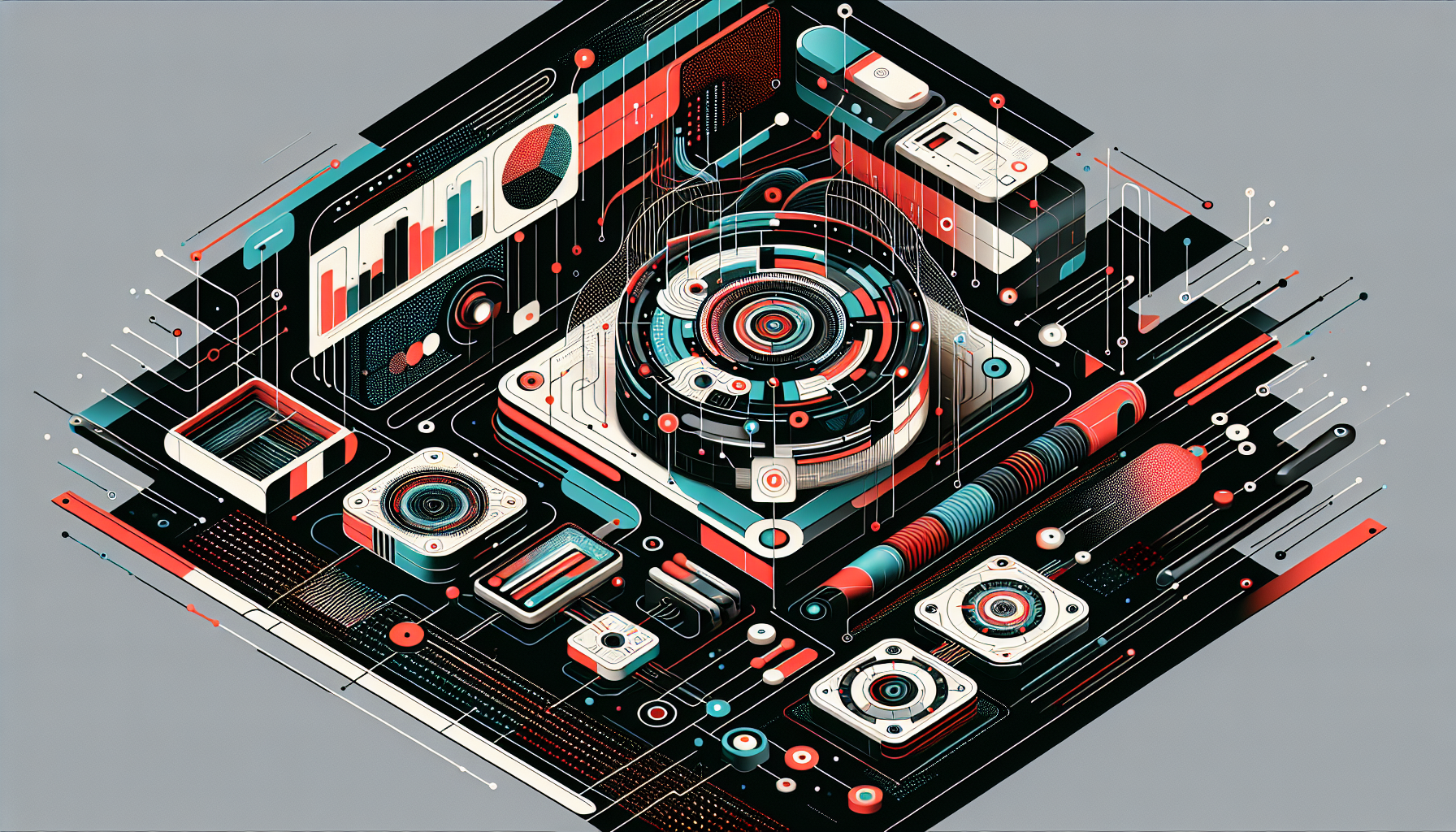How AI Is Changing the Landscape of Creative Arts

Overview of AI in Creative Arts
Artificial Intelligence (AI) is revolutionizing the creative arts landscape by introducing new tools and methods that enhance artistic expression and streamline creative processes. From generating artwork to composing music, AI technologies are enabling artists to push the boundaries of creativity.
AI-Driven Art Generation
Image and Video Creation
AI-powered tools like DeepArt and RunwayML are transforming how artists create visual content. These platforms use neural networks to manipulate and generate images and videos, offering artists unique styles and effects.
Example of AI Art Generation Using StyleGAN:
import torch
from torchvision import transforms
from PIL import Image
import stylegan2_pytorch
# Load a pre-trained StyleGAN model
model = stylegan2_pytorch.Model.load_from_checkpoint('path_to_checkpoint')
# Generate an image
z = torch.randn([1, 512]) # Latent vector
image = model(z)
# Convert to PIL image
transform = transforms.ToPILImage()
image_pil = transform(image[0])
# Save the generated image
image_pil.save('generated_image.png')
Practical Insights
- Experimentation: Artists can experiment with AI to discover new aesthetics without the constraints of traditional techniques.
- Collaboration: AI can act as a collaborative partner, offering suggestions and variations that an artist might not conceive.
Music Composition and Sound Design
AI Tools for Music
AI is being utilized in music composition through tools like AIVA and OpenAI’s MuseNet, which analyze patterns in music to create original compositions.
AI Music Composition with MuseNet:
- Training: MuseNet is trained on a vast dataset of MIDI files, learning patterns and structures.
- Generation: Users can input parameters such as style, instruments, and length to generate compositions.
Practical Insights
- Customization: Musicians can tailor AI-generated music to fit specific moods or themes.
- Time Efficiency: AI can quickly produce drafts or variations, saving time in the creative process.
Animation and Film Production
Automated Animation
AI technologies like DeepMotion offer automated animation solutions by capturing and interpreting motion data, reducing the time and effort required in traditional animation processes.
Key Benefits:
- Efficiency: Automating routine tasks allows animators to focus on creative aspects.
- Realism: AI can enhance the realism of animations through precise motion capture.
Interactive and Generative Storytelling
AI in Writing
Tools like GPT-4 are making significant contributions to creative writing by assisting with story development, character creation, and dialogue generation.
Example of AI-Assisted Writing:
from transformers import GPT2LMHeadModel, GPT2Tokenizer
# Load pre-trained model and tokenizer
model = GPT2LMHeadModel.from_pretrained('gpt2')
tokenizer = GPT2Tokenizer.from_pretrained('gpt2')
# Input prompt
input_text = "Once upon a time in a distant galaxy,"
# Encode input text
input_ids = tokenizer.encode(input_text, return_tensors='pt')
# Generate story continuation
output = model.generate(input_ids, max_length=150, num_return_sequences=1, no_repeat_ngram_size=2)
# Decode output
story = tokenizer.decode(output[0], skip_special_tokens=True)
print(story)
Practical Insights
- Augmentation: Writers can use AI to augment their creative process, generating new ideas and perspectives.
- Collaboration: AI can serve as a writing partner, offering prompts and expanding narratives.
Comparative Analysis of AI Tools in Creative Arts
| Tool | Domain | Key Features | Use Case Example |
|---|---|---|---|
| DeepArt | Image Creation | Style transfer, neural rendering | Creating unique digital artwork |
| AIVA | Music Composition | AI-generated music, customizable styles | Film scoring, background music |
| DeepMotion | Animation | Motion capture, automated character animation | Video game development |
| GPT-4 | Writing | Text generation, dialogue scripting | Novel writing, interactive storytelling |
Technical Considerations
- Data Quality: The effectiveness of AI in creative arts heavily relies on high-quality, diverse datasets for training.
- Ethical Concerns: Artists should be mindful of copyright issues and the ethical use of AI-generated content.
- Skill Development: Familiarity with programming and machine learning concepts can enhance an artist’s ability to leverage AI tools effectively.
Actionable Steps for Artists
- Explore AI Tools: Begin by experimenting with user-friendly AI platforms available online.
- Educate Yourself: Invest time in learning the basics of AI and machine learning to understand their applications and limitations.
- Integrate AI: Consider how AI can be integrated into your existing creative process to enhance productivity and innovation.
- Collaborate: Join communities of artists and technologists to share insights and collaborate on projects involving AI.





0 thoughts on “How AI Is Changing the Landscape of Creative Arts”